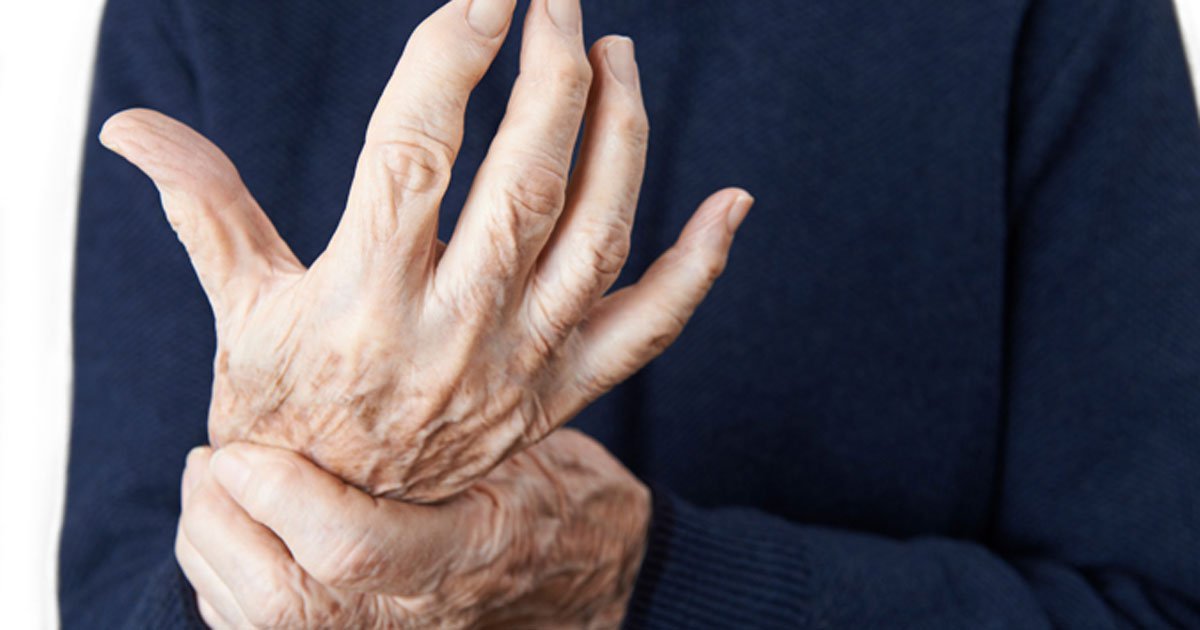Single-session multidisciplinary intervention improved grip strength in hand OA
A single, multidisciplinary session of an individual intervention combining detailed information on functioning, activities of daily living, physical activity, nutrition, assistive devices, instructions on pain management and exercises significantly improved grip strength in patients with hand osteoarthritis, according to data published in Arthritis Research & Therapy.
“As hand OA patients have individual and subjective treatment requirements, combined interventions that take different treatment options into account may be superior to interventions that focus on just one particular component, eg, exercises only or orthoses only,” Michaela A. Stoffer-Marx, PhD, MSc, of the Medical University of Vienna, and colleagues wrote. “However, there is a lack of evidence on these approaches, especially those feasible in primary care. Thus, high-quality studies on the effect of a brief interdisciplinary, individualized, intervention that is community-applicable in both primary and specialist care are warranted.”
To analyze the effect of a combined, interdisciplinary intervention that could be applied in primary and specialist care, compared with routine care plus placebo, among patients with hand OA, Stoffer-Marx and colleagues conducted a randomized, controlled 2-month study of 151 participants recruited from the Medical University of Vienna between June 2012 and August 2014. The participants were randomly assigned to one of two groups, with 74 receiving the combined intervention and 77 in the routine care plus placebo group.

In the combined-intervention group, interdisciplinary health professionals — a rheumatologist, a nurse, an occupational therapist, a physiotherapist and a dietician — provided a single session of individual consultation for each patient. This included a variety of hand exercises, as well as detailed information on functioning, activities of daily living, physical activity, nutrition, assistive devices and instructions on pain management. A telephone follow-up session was later performed after 4 weeks. In the routine care group, patients received a massage ball as a placebo intervention. The primary outcome was grip strength after 8 weeks.
According to the researchers, after 8 weeks, grip strength significantly increased among patients in the combined-intervention group (dominant hand mean 0.03 bar, SD = 0.11), and decreased in the routine-care group (dominant hand mean –0.03, SD = 0.13) (P =.001), compared with baseline data. A total of 28 patients in the combined-intervention group, or 38%, demonstrated improvement, compared with 15 patients, or 19%, in the routine-care group.
“The combined, interdisciplinary, individual, one-session intervention significantly improved grip strength and self-reported satisfaction when compared to treatment with routine care plus placebo,” Stoffer-Marx and colleagues wrote. “This may be an effective and satisfying time-efficient approach in busy clinical settings in both primary and specialized care, which can be delivered by rheumatology-trained non-physician health professionals.” – by Jason Laday
Disclosure: Stoffer-Marx reports speaking fees from MSD. Please see the study for all other authors’ relevant financial disclosures.
